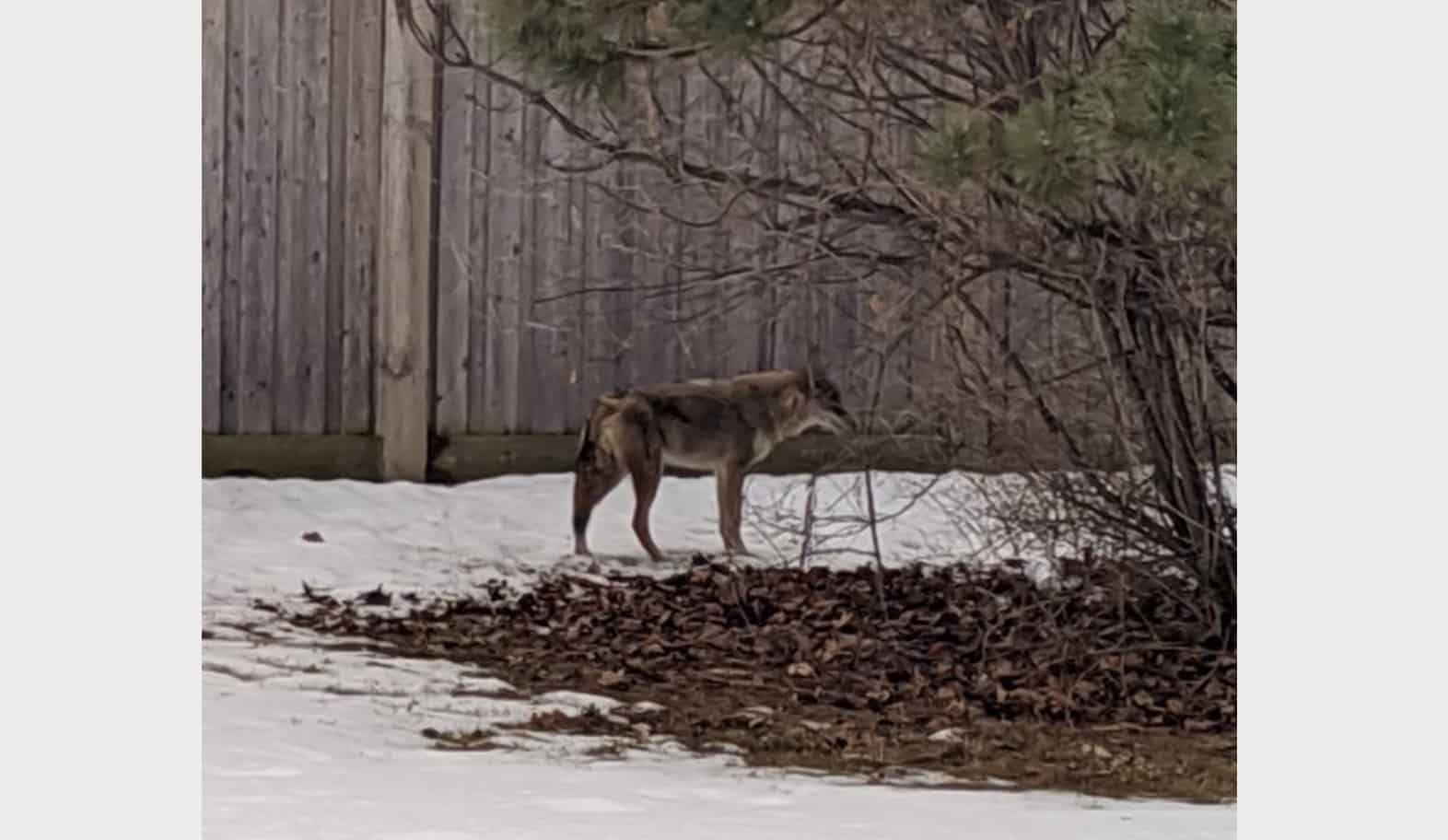Multiple coyotes have been spotted in Brampton
Published February 11, 2020 at 5:41 pm

In recent months, coyote sightings have become more and more common across the Peel and Halton regions.
In recent months, coyote sightings have become more and more common across the Peel and Halton regions. As a result, many residents are left with questions about these animals and how to deal with them.
Coyotes are the smaller relatives of wolves, weighing about 30 to 40 pounds, and are about the height of a medium to large dog. Sometimes they appear larger due to their thick coats.
Coyotes, like all wild animals, are a part of the ecosystem. As urban areas expand into their territories, they steadily have been making there way into more developed areas.
This has both good and bad consequences. Coyotes are by nature, predators. They have been known to hunt small animals in neighbourhoods which include, in extreme cases, cats and small dogs.
However, coyotes also do a great deal of good for ecosystems, as they hunt animals like mice and rabbits, and as a result, keep those populations under control.
Last month, a few mangy coyotes were spotted by residents in the Clarkson/Lorne Park area, according to Mississauga Animal Services.
Mange is a very painful skin disease caused by parasitic mites that’s characterized by hairless patches of skin that are often covered in sores or thickened, hard, crusty patches. According to the American Kennel Club, It’s common in stray dogs and puppies and is sometimes seen in domestic pets who have been neglected or abused.
The majority of these sightings took place in the Peel Region around the Clarkson Rd, Truscott Rd, and Hindhead Rd areas in Mississauga.
Recently, there have also been a few sightings of coyotes in Brampton near Williams Parkway and 410.
If you are confronted by a coyote, it’s important to remember that you should always try to keep a distance and remain calm.
Do not attempt to approach, touch or feed it. In most cases, they will move on. If the coyote approaches, stand tall, wave your hands, and make a lot of noise.
Slowly back off and throw items near the coyote, but not at them. Do not turn your back or run from a coyote. It’s also best to avoid walking in wooded areas in the evening or night as coyotes are far more active during those times.
For the safety of children and small pets, educate kids on what to do when confronted by a coyote, and keep an eye on your pets when they are outside at night. Also, clean up after your pets as coyotes are attracted by the smells a pet’s droppings leave.
If you spot a coyote that you believe may be sick, you can help by calling in real-time sightings to the Animal Services dispatch at 905-615-3000.
These coyote sighting reports are tracked by Animal Services and the data is used to study patterns or trends with coyote movement.
insauga's Editorial Standards and Policies advertising





